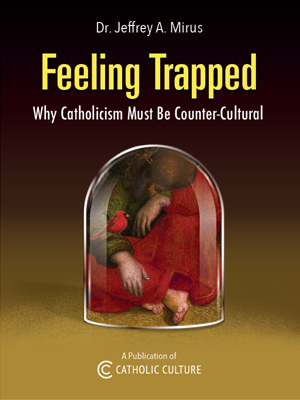Subscribe for free today!
Get newsletters with the latest content, and access to exclusive ebooks and podcast episodes.
Already subscribed? Log in to stop seeing invitations to subscribe.
Catholic Activity: Epiphany Plays for the Family and Community
Epiphany plays have been a traditional form of relaying the wonderful drama of the feast. Here are some ideas in how to implement a play in some form.
DIRECTIONS
As far back as the twelfth century, Epiphany seems to have been the traditional time for plays, and indeed it is not surprising that this should be so. Apart from the boundless dramatic possibilities in the Epiphany theme, the drama has always been one of the best mediums for conveying ideas, and therefore it is very fitting that we should use it to carry the light of Christ to those who are still in darkness.
The first Epiphany plays were done in church and were based on the Gospel narrative — but gradually they grew wider and wider in scope. In the same way, more ambitious families could extend the simple processions suggested for the Twelfth Night party into real plays to be acted for an audience. A mother who could find the time to help the children of several families, a parish group or a scout troop. write and produce such a play to be performed on the 6th of January, would be doing an apostolic service to the whole community. Such a play could be performed either in a home for children, in a children's ward in the local hospital, in a family where the children might not be celebrating Epiphany in any special way or in a classroom where a number of children would have an opportunity of seeing it.
It is surprising how many good ideas children produce about such things as the characters of the three Magi, their homelands and the circumstances in which they lived; how they knew of the prophecies of the Messias; when they first saw the star; what their friends thought of their scheme to follow it; where and how they met each other; the meeting with Herod when he carefully concealed his jealousy; the warning of the angel; and of course, what actually took place when they arrived at the stable in Bethlehem. The main danger to guard against in writing the play will be a tendency on the part of the children to make dozens of scenes, each of which lasts only a fraction of a minute. This can be avoided by planning a limited number of scenes, for example, three or four, and letting the audience know the other interesting facts by including them in the conversations.
However, for those who feel that writing the play as well as producing it is more than they can manage at this busy time of the year, there are listed below several good Epiphany stories which can easily be dramatized and one Epiphany play. An Epiphany Legend which readily lends itself to simple dramatization is given later. [Editor's Note: The following books are no longer in print, but one can search libraries, used bookstores, and perhaps some have been reprinted. --JGM]
"The Three Kings Ride," from The Long Christmas, by Ruth Sawyer. The Viking Press, New York, 1941.
The legend about a scoffing Roman centurion doomed to be an ageless wanderer through the centuries until he will worship at the manger with the three kings on the feast of Epiphany.
"The Triptych of the Three Kings," by Felix Timmermans, from The World's Greatest Christmas Stories. Ed., Eric Posselt. Prentice-Hall, New York, 1950.
A Christmas miracle in triplicate as a lame shepherd, an eel-fisher and a bleary-eyed beggar begin their customary begging expedition dressed as the three holy kings. A story adults will enjoy.
"The Three Wise Men," by Henri Gheon. Sheed and Ward, New York, 1949.
A whimsical Epiphany play easily prepared and acted. Could also be read informally just before the Epiphany cake is cut and the three kings begin their reign.
Activity Source: Twelve Days of Christmas, The by Elsa Chaney, The Liturgical Press, Collegeville, MN, 1955






